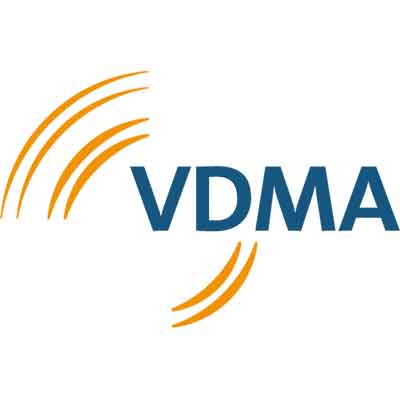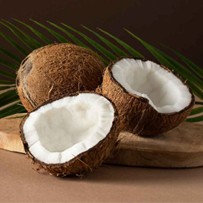
A new cleaning device with intelligent sensor technology detects the actual cleaning requirements of systems and adjusts the cleaning parameters to meet the respective situation. This saves time, energy and resources. To see it work, visit the VDMA Technology Lounge in hall 5 / J38, where the VDMA presents ideas and solutions for tomorrow’s machines in cooperation with partners from industry, science and research.
The cleaning system developed at Fraunhofer IVV Dresden essentially consists of an intelligent, highly flexible cleaning device and a mobile docking station. The latter contains a charging station for the batteries of the WLAN-controlled cleaning device and a hose reel synchronized with it for the supply of cleaning media. Attached to the cleaning are device task specific nozzle systems that can be exchanged quickly and can be controlled separately via valves. This means that only those nozzles needed for the job at hand are active. At the same time, the cleaning device will independently adjust the nozzle pressure and the feed speed to the respective situation. The technical highlights include an optical residual-dirt detection system that will determine the cleaning process, and the optional final inspection of the cleaning process.
The advantage is: While CIP systems work with defined cleaning procedures, the cleaning device presented here always adjusts the cleaning process individually to the degree of soiling found at each particular place. In addition, it avoids spray shadows even on complex geometries. This leads to better cleaning results – while using fewer nozzles than static systems do. This allows a considerably higher cleaning efficiency as well as reproducible cleaning qualities at any time. The test results speak for themselves. In a comparative assessment, the cleaning device operated with only one rotating surge cleaner, while the CIP system had two jet nozzles integrated into a robot with the same nozzle pressure. The cleaning device needed a little more time for the job, but its volume flow was 50 percent lower with a total resource efficiency of about 20 percent.
Interested visitors will be able to find out about these and other innovations as well as practical research results from the partner companies at the VDMA booth in Hall 5 / J38.






